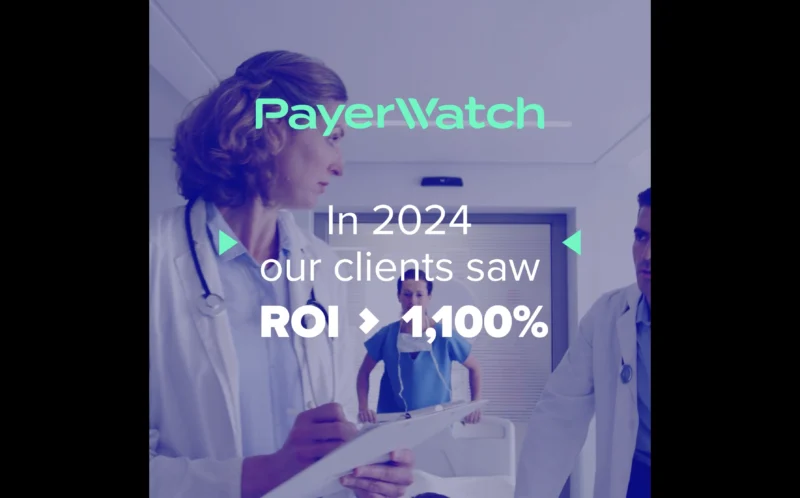Oncology and Technology: Introducing CLARA, Carevive’s Longitudinal Assessments, and Reporting Assistant
Patients utilizing Carevive’s PROmpt engagement tool and ePRO systems now have an assistant they can rely on to help them. Meet CLARA, Carvive’s Longitudinal Assessments, and Reporting Assistant. SarahLena Keckler, Director of Product Management at Carevive, and Nadia Still, Carevive’s Senior Director of Client Success, walked Oncology and Technology’s James Kent through how CLARA came about and how this virtual assistant will make a big difference in patient-reported outcomes.
Studies show numerous benefits associated with patients actively reporting their symptoms, as well as letting their healthcare team know how they’re doing from home, in making significant improvements in the patients outcomes. Making significant improvements in their outcomes. With these benefits in mind, Carvive created CLARA.
CLARA is more than just an acronym for Carevive’s Longitudinal Assessments and Reporting Assistant. In fact, Keckler describes CLARA as serving as someone to represent and assist patients as they navigate and use this Carevive PROmpt program throughout their cancer journey. “She was created to help humanize what could otherwise be an impersonal experience for patients.”
“The goal is to keep patients connected,” Still added. “Every clinician’s goal is to care for their patients and provide the best possible care that they can, and we think that CLARA really helps to extend those efforts.”
“In the digital world, humanizing mascots, or animated mascots like this, are statistically proven to make people feel more comfortable with a product and provide a more meaningful experience,” Keckler said. Carevive believes CLARA can become a patient partner in their journey and will help them utilize the ePRO tool more regularly and effectively.
Follow us on social media for the latest updates in B2B!
Twitter – @MarketScale
Facebook – facebook.com/marketscale
LinkedIn – linkedin.com/company/marketscale




